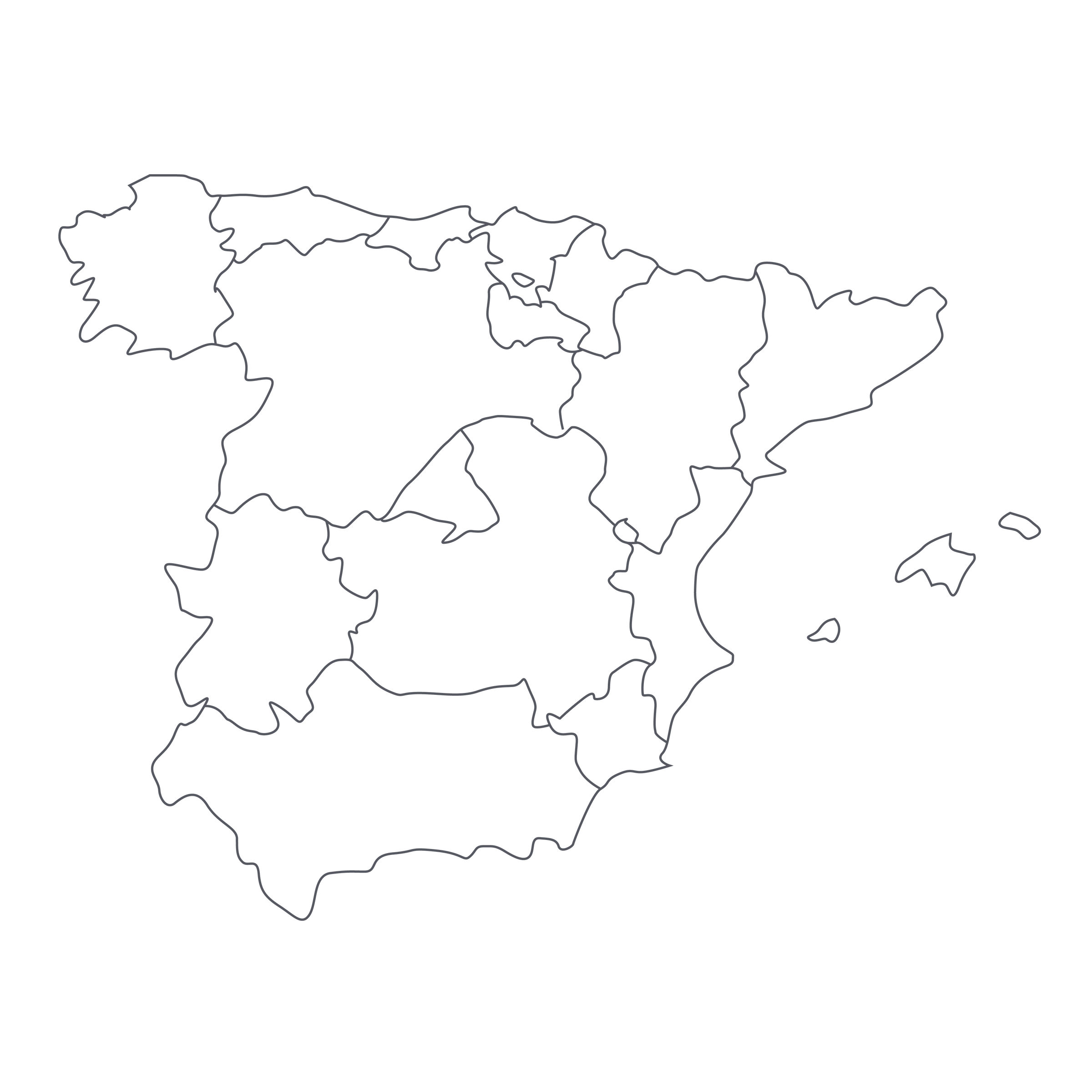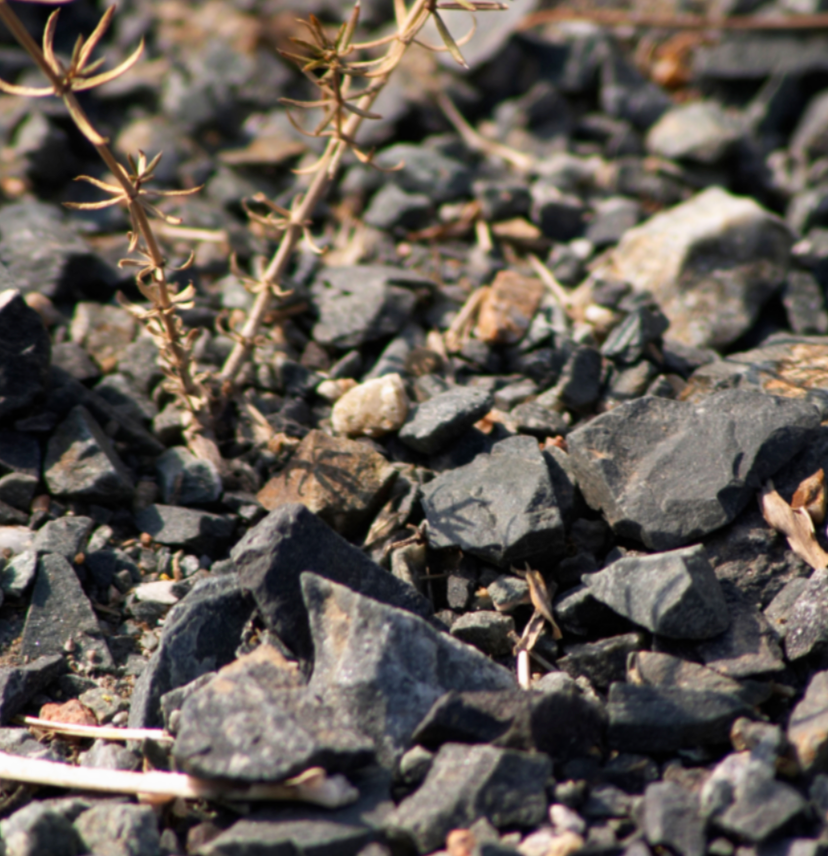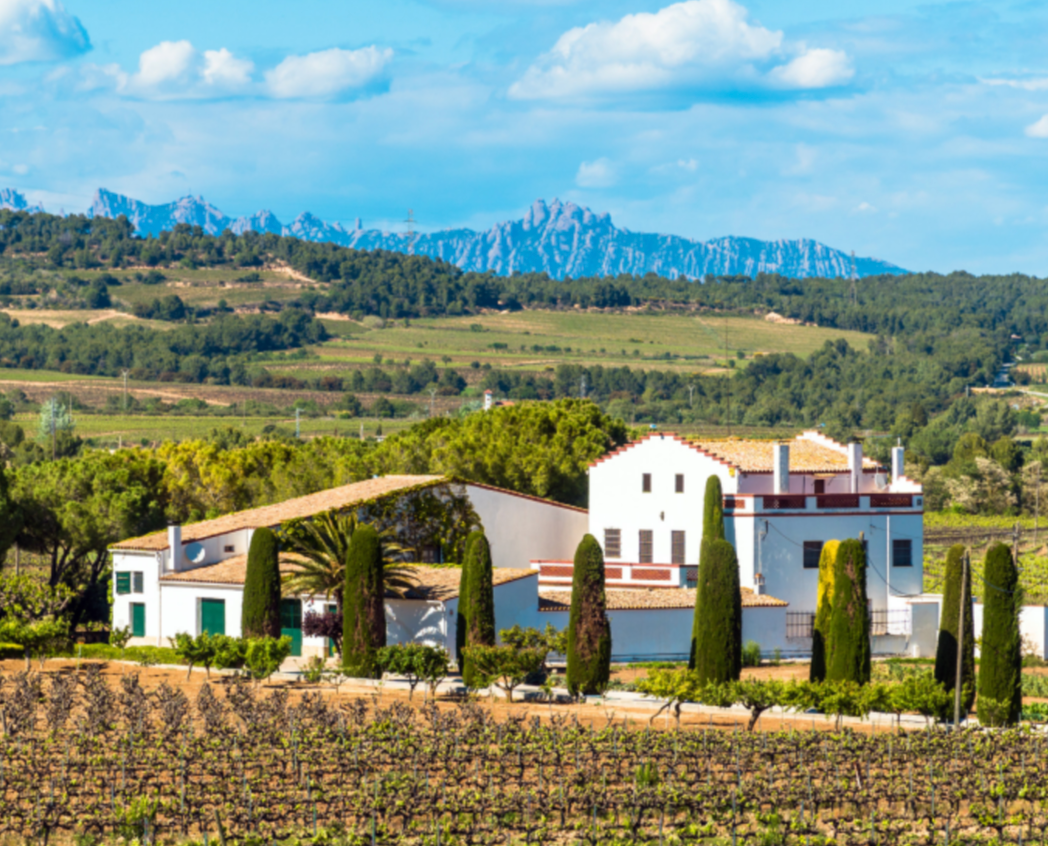Spanish wine lovers know the town of Haro as the home of Rioja’s biggest-name wineries. López de Heredia, Muga, and CVNE are all based here, as is the historic property featured today. But while its history in Haro dates to 1886, Gómez Cruzado was not on my radar until recently.
During a visit to Rioja last year, I stumbled upon an unassuming wine bar with dozens of low-profile producers. I deferred to the bartender for a selection, and he immediately pulled out a bottle of Gómez Cruzado Rioja—a wine I thought beautifully captured the best qualities of both ‘modern’ and ‘traditional’ Rioja, and at a pretty amazing price to boot. The arrival of new ownership in 2000 began a serious revival in Gómez Cruzado’s vineyards and winery, and not surprisingly, a savvy importer snatched them up and brought them to the US. At $29, this 2009 Reserva is one of the best values I’ve come across in a region chock full of well-aged wines at reasonable prices. Where else in the world does the winery effectively age the wine for you before selling it to you for so little? How can they afford to hold back all this inventory? My advice is, let them worry about that—just revel in the soft, supple texture and mature flavors of this wine. While hardly a “new” property, it’ll no doubt be a new discovery for many, and an exciting one at that.
Although Gómez Cruzado wines go back to at least 1916, the property received a huge shot in the arm when it was acquired by the Baños family in 2000. In addition to making significant investments in the winery facility and vineyards, they hired the consulting duo of David González and Juan Antonio Leza, who’ve been directing the winemaking and viticulture since 2008. In addition to the historic winery in Haro, they farm a treasure trove of old-vine sites in the Rioja Alta sub-zone. Comprised mostly of bush-trained vines (some as old as 80 years), the Cruzado holdings are in diverse Rioja Alta terroirs: For this Reserva bottling, some fruit comes from clay/limestone soils in the high-altitude Sierra Cantabria foothills, while the remaining comes from low-lying alluvial sites along the Najerilla River. The growing season of 2009 saw extremely hot temperatures with alleviating rains that resulted in maximum ripeness. Grapes were hand-harvested in small bins and shuttled over to the winery to begin a cold maceration. After fermentation, the wine aged 18 months in equal parts new and second-year French and American oak, followed by two years of bottle aging before release.
Pouring into the glass, the wine shows great concentration. The dark garnet, almost opaque core transitions to a brick orange rim. The nose explodes with ripe black cherry, black raspberry, sweet and sour plum, leather, dried violet, dill, tarragon, vanilla bean, sawdust, coconut husk, and tobacco leaf. The palate very much confirms the nose as you get to appreciate the wonderful core of fruit and richness. Simply put, the wine preserves classic notes of Rioja without being dried out and dusty. It is nearing full-bodied, with tannins that are well-integrated and silky—the balance is exceptional. Allow 30 minutes for a brief decant and drink in a Bordeaux stem around 60-65 degrees. If you have the time, a slow-roasted, hearty pork dish is the way to go on this one, whether you pop the cork now or in the years to come. Try the attached step-by-step guide and enjoy!





